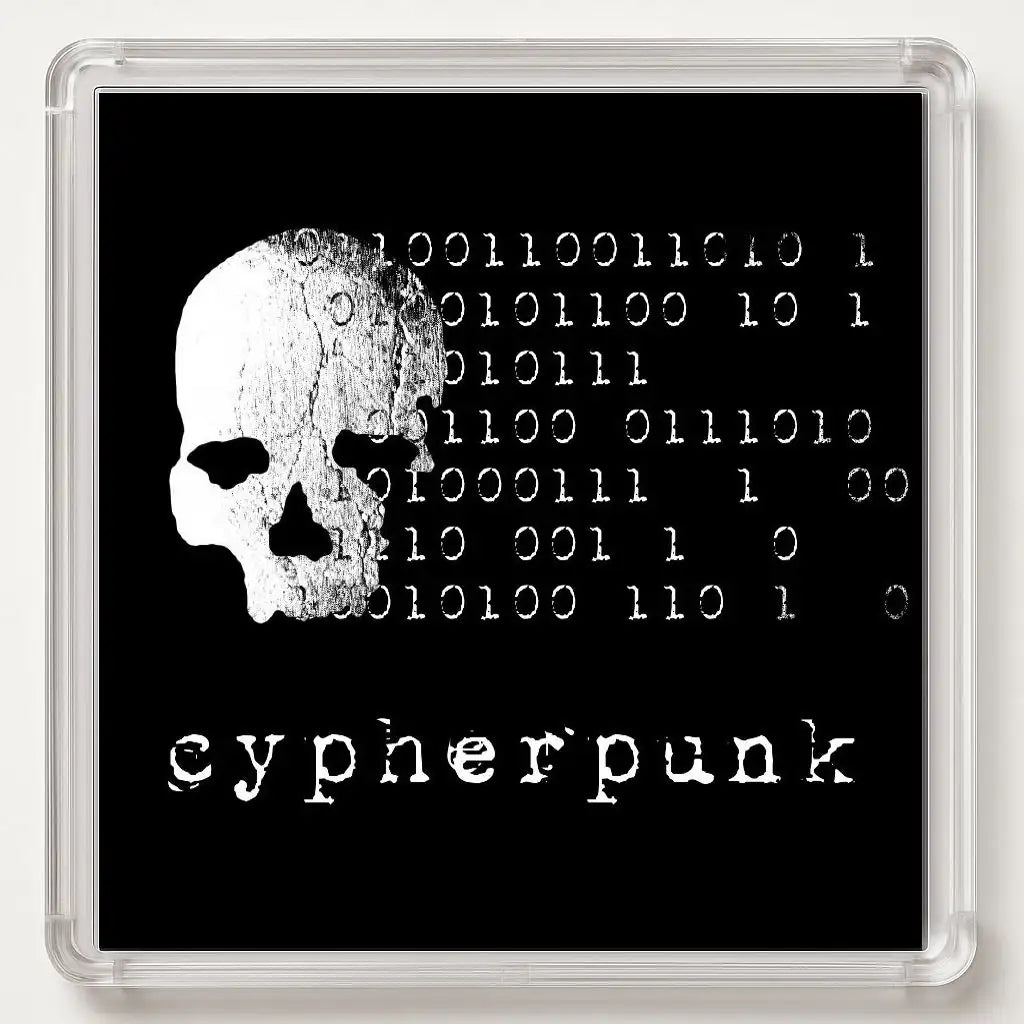
THE CODE OF RESISTANCE
Share
Before Bitcoin, there were visions. Before code, there were manifestos. Before the blockchain, there was resistance. This is the untold genealogy of Bitcoin. Not a financial story, but a cryptographic epic. It begins in the early 1980s with a man named David Chaum. Often forgotten, yet impossible to erase, he was the first to understand what was coming. In 1981, he published Untraceable Electronic Mail, Return Addresses, and Digital Pseudonyms, a paper that laid the groundwork for anonymous communication and identity online. In 1989, he launched DigiCash, an ambitious attempt to create digital money based on cryptographic blind signatures. It failed commercially but succeeded philosophically. Chaum didn’t just invent digital cash, he invented the very idea that our privacy could be mathematically protected, that freedom could be coded. His early work would inspire an entire generation of rebels. In 1988, Timothy C. May released The Crypto Anarchist Manifesto, a text so radical and visionary that it reads today like prophecy. He predicted a future in which individuals would communicate and transact freely without state interference, using encryption as their shield and math as their weapon. May understood that the coming digital revolution was not just about convenience, but sovereignty. In 1993, Eric Hughes wrote A Cypherpunk’s Manifesto and with it gave the movement a name. Privacy is necessary for an open society in the electronic age, he declared. Hughes believed that freedom in the digital realm could not be entrusted to governments or corporations. It had to be engineered, and it had to be open-source. That same year, the Cypherpunk mailing list was born. It was not a place for debate, it was a battleground of ideas where philosophy met code. Among its most prolific contributors was Hal Finney. A brilliant cryptographer, Finney worked on PGP 2.0 and in 2004 created Reusable Proofs of Work, a precursor to Bitcoin’s mining model. In 2009, he became the first person ever to receive a Bitcoin transaction. He was not just a pioneer, he was the bridge between ideals and implementation. Another mind that shaped the landscape was Nick Szabo, a computer scientist and legal theorist obsessed with the nature of money. In the late 1990s, he introduced smart contracts, and in 1998 proposed Bit Gold, a decentralized digital currency that used proof of work to create scarcity. His writings, including Shelling Out, became the philosophical blueprint for digital gold. Then came Wei Dai, who in 1998 introduced b-money, an anonymous distributed cash system explicitly cited by Satoshi Nakamoto in the Bitcoin whitepaper. Dai’s b-money included the very mechanics that would later power Bitcoin, public ledgers, proof of work, private keys, and consensus without central authority. And yet, all of this still remained theory until the appearance of a name with no face. Satoshi Nakamoto. In 2008, he released the Bitcoin whitepaper. It was not the beginning. It was the synthesis, the convergence of decades of cypherpunk effort, frustration, and silent rebellion. But even after Bitcoin went live in 2009, the network needed champions. One of the earliest was Adam Back, creator of Hashcash, a proof-of-work system from 1997 designed to fight email spam. It became the engine behind Bitcoin mining. Adam Back was cited in the Bitcoin whitepaper and remained one of the few active links between Satoshi’s disappearance and the real world. Then came Zooko Wilcox, another cypherpunk, co-creator of the Zooko Triangle, a theory about naming systems, and later the founder of Zcash, a privacy-focused cryptocurrency based on zero-knowledge proofs. His work continued the fight for anonymity in an age of increasing surveillance. But cypherpunks weren’t only coders. Some were whistleblowers. Julian Assange, present on the cypherpunk list since the 1990s, used encryption to launch WikiLeaks, a global platform for radical transparency. In 2010, as Visa and Mastercard blocked all donations to WikiLeaks, Bitcoin became their lifeline. It wasn’t just a payment method, it was a declaration of independence. And finally, one of the most powerful voices to emerge in the post-Satoshi era was not a developer, but a former NSA contractor. In 2013, Edward Snowden exposed the global surveillance apparatus of the United States. He used encrypted communications, anonymous routes, and open-source tools, all of which were inspired or created by cypherpunks. Snowden showed the world why their mission mattered. Why privacy was not just about hiding, it was about power. The right to self-determination. The right to dissent. Every one of these figures carried a torch. Some lit the path. Some wrote the rules. Some built the tools. Some paid the price. Together, they form the DNA of Bitcoin. It is not a product of startups or venture capital. It is the culmination of a decades-long war for freedom, fought not with guns, but with code. Bitcoin is not just a financial revolution. It is a cultural one. A technological one. A poetic one. Bitcoin is the living legacy of the Cypherpunks. The fruit of their defiance. The continuation of their mission. Welcome to 100 Blocks.
👉 Also read:
